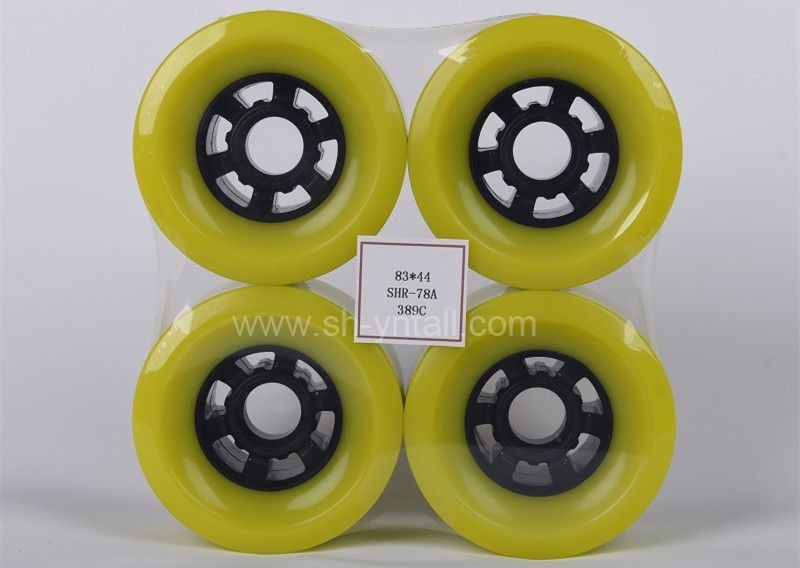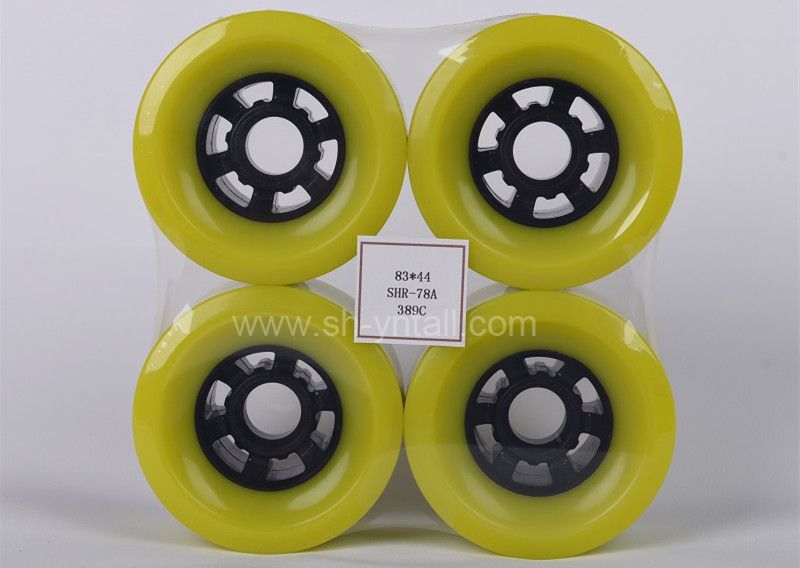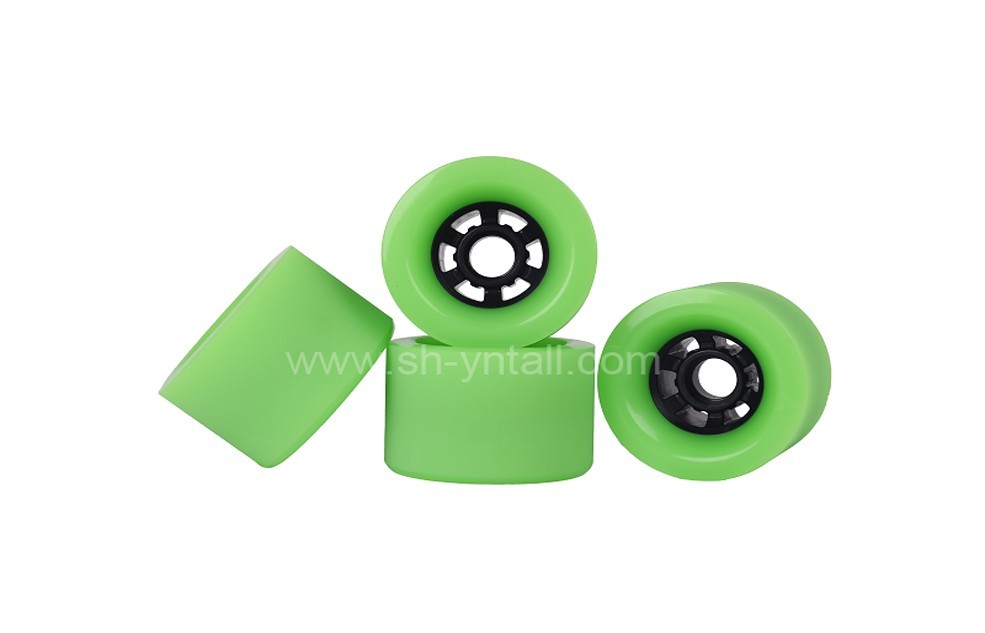
Rubber Casters VS Polyurethane Casters
Dec. 19, 2020
Rubber Casters VS Polyurethane Casters
Caster wheels come in a variety of materials, sizes, and hardness. The most common materials used to make wheels are rubber and polyurethane. But what's the difference?
It helps to understand the relative strengths and weaknesses of each material when determining the best wheel or tread for your particular caster or wheel application.
Here are the main criteria you need to consider:
Load capacity/maximum weight
One of the most important considerations for caster selection may be determining the maximum load. Due to the hardness of the material, polyurethane casters usually bear more weight than rubber casters. Furthermore, polyurethane casters have very fine threads compared to rubber casters, which increases their load capacity. Polyurethane casters are also more resistant to splitting and tearing.
The floor condition
The soft rubber casters are made of carbon black filler and can be marked on the floor. Hard rubber casters are usually grey in color and made of materials that leave no marks on the floor. However, because the wheel surface is relatively hard, it may sometimes dent and scrape the floor material, so it is not recommended to use it on soft floor surfaces such as hardwood, linoleum, or terrazzo.
Where floors need to be protected, polyurethane wheels are usually the most suitable. Although polyurethane casters come in a variety of colors, the basic chemistry used in their production does not allow any color transfer. Therefore, if your floor is expensive and/or critical to your operation, then polyurethane wheels may be the best choice for your application.
Rolling resistance
Rolling resistance is an important feature that is easy to use. The lower the rolling resistance, the easier it is to manipulate the device. This reduces operator fatigue and improves equipment efficiency. In reducing rolling resistance, the most important thing is the consistency and hardness of the material.
Due to the synthetic properties of polyurethane casters, they are more uniform than natural rubber. The high consistency of the material provides constant rolling friction, thereby reducing rolling resistance. Polyurethane casters tend to be made from compounds that are harder than rubber. This also makes polyurethane wheels easier to handle than rubber wheels, because harder materials produce lower rolling resistance.
Buffering and elasticity
Ride comfort or stability depends on the casters cushioning and elasticity coefficient. The level of buffering depends on the stiffness of the wheels. The softer the material, the more it deforms as it crosses obstacles. And the more it deforms to absorb the impact, the smoother it travels. Rubber casters tend to be softer than polyurethane casters and thus generally provide better cushioning.
Keep in mind that higher buffering often means higher rolling resistance. Therefore, before deciding which material is best for your application, you need to determine whether smoothness or operability is more important to you.

Wear and tear
Although rubber casters are softer to ride, they don't wear as well as polyurethane. Rubber casters lose some of their treads over time, while polyurethane casters tend to be more resistant to wear. In controlled tests, polyurethane casters last up to three times as long as rubber casters. Depending on the formulation, polyurethane casters also tend to outperform rubber in resisting oil, grease, and chemicals.


















